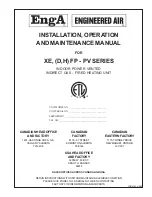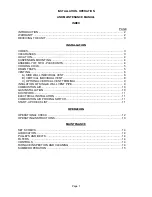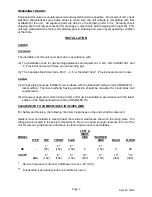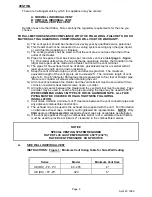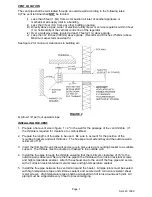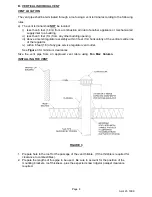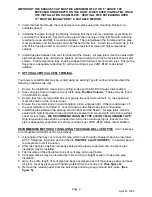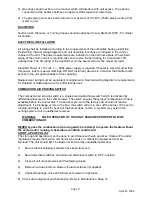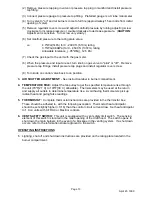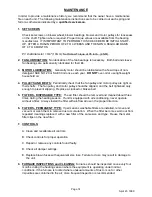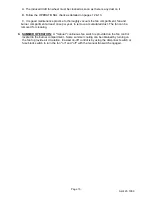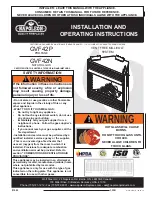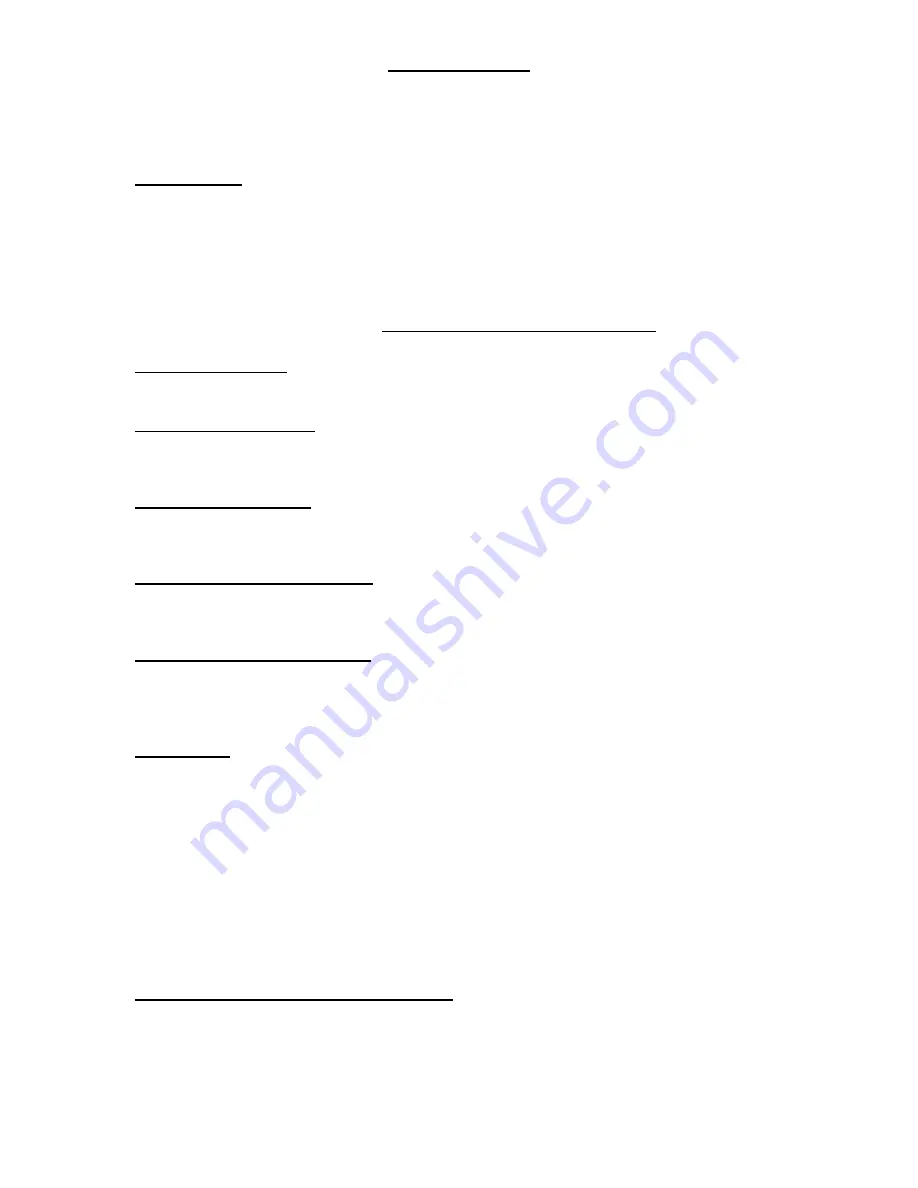
April 23, 1999
Page 14
MAINTENANCE
In order to provide a maintenance history, we recommend that the owner have a maintenance
file on each unit. The following maintenance instructions are to be carried out each spring and
fall or as otherwise indicated by a qualified serviceman.
1. SET SCREWS
Check set screws on blower wheel, blower bearings, blower and motor pulleys for looseness
on the shaft. Tighten where required. Proper torque values are available from the bearing
manufacturer. IT IS IMPORTANT TO PERFORM THIS CHECK BEFORE INITIAL START-
UP, AFTER A RUN-IN PERIOD OF 2 TO 4 WEEKS AND THEN ON A REGULAR BASIS
OF 4 TO 6 MONTHS.
PV shaft diameter = 3/4" (19mm): Set Screw Torque at 35 in.lb.. (4 NM).
2. FAN LUBRICATION: No lubrication of the fan bearings is necessary. Both ball and sleeve
fan bearings are permanently lubricated for their life.
3. MOTOR LUBRICATION:
Generally motor should be lubricated with a few drops of non-
detergent SAE NO. 20 or SAE 30 oil once each year. DO NOT over-oil or use light-weight
household oil.
4. PULLEYS AND BELTS:
Periodically check that the fan pulley and motor pulley are tight on
their shafts. The fan pulley and motor pulley should be aligned, and the belt tightened only
enough to prevent slipping. Replace a cracked or broken belt.
5. FILTERS - DISPOSABLE TYPE:
The air filter should be removed and cleaned about three
times during the heating season. If unit is equipped with air-conditioning, never operate
without a filter. Always install the filter with air-flow arrow in the proper direction.
6. FILTERS - PERMANENT TYPE:
If permanent, washable filters are installed, remove and
vacuum or wash them to remove dust accumulation. When the filter becomes worn out from
repeated cleanings replace it with a new filter of the same size and type. Reuse the metal
filter clips on the new filter.
7. CONTROLS:
A.
Clean and recalibrate all controls.
B. Check controls for proper operation.
C. Repair or replace any controls found faulty.
D. Check all damper settings.
E. Replace blown fuses with equivalent size fuse. Failure to do so may result in damage to
the unit.
8. FURNACE INSPECTIONS and CLEANING:
Furnaces should be inspected once every four
months during the heating season where the equipment is operating under normal
conditions.
If the furnace is located where unusual amounts of dust or soot or other
impurities are contained in the air, more frequent inspection is recommended.

